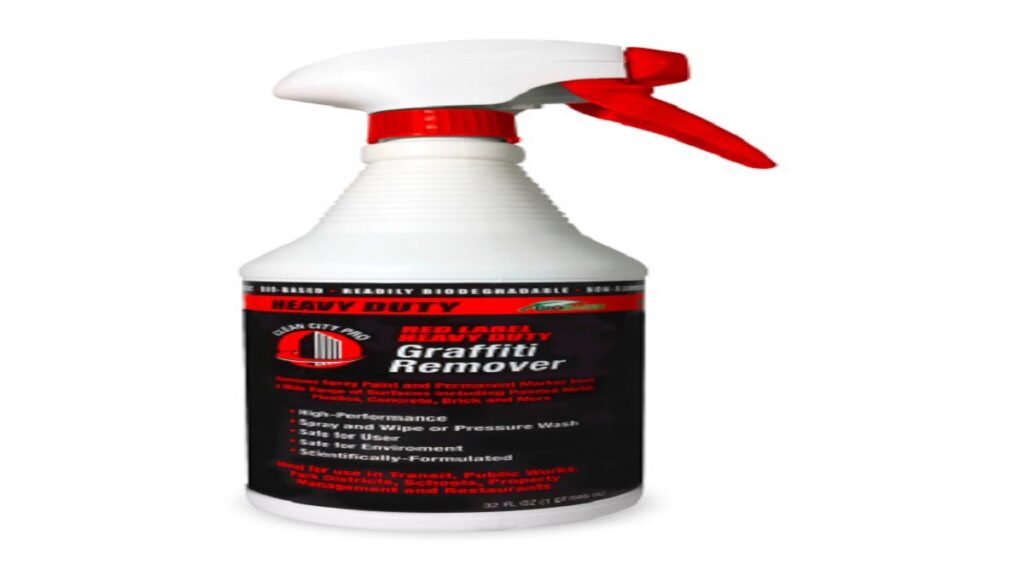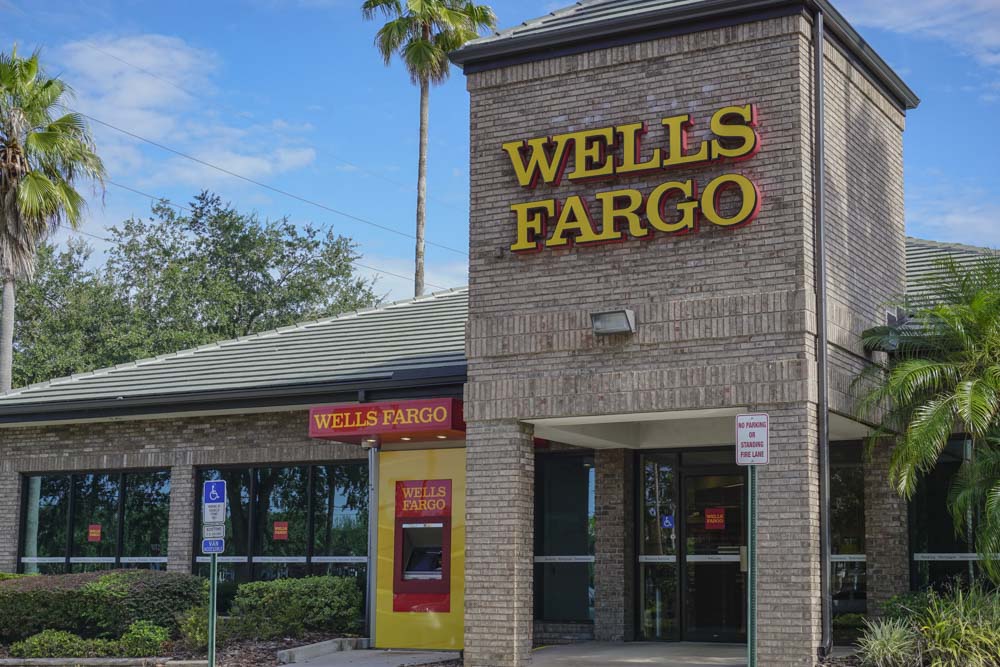Graffiti, though for many in its respect an art, tends to be quite a nuisance when it surfaces on properties that it is not welcomed to. Such graffiti can make structures less attractive from walls and fences to even vehicles, detracting into the property value of the place. In such cases, effective graffiti removers for sale are normally sought by owners and managers of properties to return the surface to its original state. This guide covers the things to think about when purchasing graffiti removers, the type available to supply the marketplace, and how to use the products most effectively.
Understanding Graffiti Removers
Graffiti removers are specially formulated chemicals that degrade paint, ink, and all types of substances applied to create graffiti. The effectiveness of a graffiti remover depends on various factors: the type of graffiti, surface material, and, of course, the chemical composition of the remover. Therefore, there is a correct product to be selected in order to achieve complete removal without further damaging the underlying surface.
Types of Graffiti Removers
A number of graffiti removers of different types and for various needs and surfaces are available in the market. Some common types are given below:
One of the most accessible yet most effective graffiti removers is solvent-based remover. These work by dissolving the paint of graffiti into a consistency that would grant the remover the ability to easily wipe it off or even wash it away. This works great on non-porous surfaces like metals, glasses, and some plastics. However, when using them on porous materials like brick or stone, one needs to be careful because it is often hard to remove and may ruin the surface with marks.
Caustic-Based Removers: This remover uses strong alkali contents in dissolving graffiti, such as sodium hydroxide. These are widely effective on brick, concrete, and wood surfaces. Large-scale graffiti removers applied to an industrial or urban landscape are typically done by these removers. However, caustic removers may be too harsh on surfaces and may require neutralization after application to prevent further damage either to the surface or to the environment.
Bio-based removers are considered to be ‘Green’ graffiti removers, using biodegradable natural ingredients to break down the graffiti without harsh chemicals. Usually, bio-based removers also provide much safer operation for the user and the environment. Working slower than options based on solvents or caustics, they do have rather easier application and cleanup. Bio-based removers work effectively in light to medium categories of graffiti for most surfaces.
Abrasive-based removal: These involve the physical removal of graffiti by scrubbing the surface with materials such as sandpaper, steel wool, or abrasive pads. This is best done on hard and durable surfaces such as concrete or brick and may damage delicate surfaces. Abrasive-based removers require more effort and are generally combined with chemical removers to yield better results.
Specialized Surface Removers: Graffiti removers are also specifically and exclusively designed for specific surfaces such as vinyl, plastic, or even wood. These specialized removers are designed not to harm the surface but to effectively remove graffiti from it. In these cases, when the material used is very sensitive or unusual, a product should be used that caters exclusively to that surface to prevent further damage.
Factors to Consider When Choosing a Graffiti Remover
A number of factors have to be considered when choosing a graffiti remover for sale to ensure that the best results are arrived at. These include:
Surface Material: The nature of the surface will, to a large extent, determine the type of graffiti remover that is to be used. For instance, most metals and glass can sustain strong chemicals while surfaces such as brick and wood may be too sensitive and would require gentler removers that could be very specialized.
Type of Graffiti: The type or composition of the graffitispray paint, marker, some other substancewill determine which remover to use. Some removers work better on certain types than others, so always check the specifications of a product to make sure it is compatible with the type of graffiti.
Environmental Concerns: Here, one may consider going for either a bio-based or low-VOC remover. These are generally less harmful to the environment; more importantly, they are safer to use, especially in places that are closely close to residential places or sources of water.
Ease of Use: Many graffiti removers require multiple applications or special application tools. Consider the usability of the product in question, particularly if you are covering a large area or multiple surfaces. Products that come with clear instructions and the least amount of additional equipment necessary tend to be more comfortable for non-professional applications.
Effectiveness: One of the major concerns for graffiti remover effectiveness is its review, ratings, or product demonstration to understand how well a particular remover would perform. Some products may require an application time that might take long hours or need multiple treatments. Thus, sometimes it is necessary to balance with efficiency.
Safety: Safety must never be compromised. Some graffiti cleaners contain harmful chemicals, which, upon inhalation or exposure to skin, would be detrimental to health. Always put on protective gear like gloves and masks and ensure that the surrounding environment is well-ventilated. In working with strong chemical cleaners, it is best to refer to the SDS for the product, which can also provide useful information about the handling of the chemical and precautions that should be taken.
How to Use Graffiti Removers
Correct use of graffiti remover is in fact the sole thing standing between the desired success and further damage to the surface. Well, here is one of the steps involved in getting it done:
Test a Small Area: Before applying the remover on the whole graffiti-covered area, apply on just a very small, inconspicuous spot. This would approximate compatibility between the remover and the surface and also whether further damages would be caused.
Remover Applied: Brush, spray bottle or cloth-apply remover directly to graffiti. Thickness of application and wait time differs among products; follow instructions on product.
Let Time Do Its Thing: Most graffiti removers require time to act on the paint or ink. If a minimum recommended time is suggested to let the product sit on the graffiti, then go for it. Avoid letting the remover dry out, as this can make removal so much more difficult.
Scrub off or wipe out: Scrub or wipe away the graffiti with a brush, cloth, or pressure washer after the remover has had time to act. For stubborn spots, additional applications may be necessary.
Surface Rinse: After removal of graffiti, the surface is to be rinsed thoroughly with water to eliminate the presence of residue from the remover. This is of primary importance when caustic or solvent-based removers are used because it eliminates various residues that can cause surface damage or harm to the environment.
Neutralize if Necessary: Depending on the type of graffiti remover applied-a caustic one, for instance-neutralization may be necessary to counteract the chemical reaction. This is typically achieved by applying a neutralizing agent or just by rinsing the area with water.
Prevention of Future Graffiti
Once graffiti has been successfully removed, property owners may seek to take measures to prevent any future occurrences. Anti-graffiti coatings are available for application to surfaces that will make future graffiti much easier to remove. These coatings create a barrier between the surface and graffiti, allowing it to simply be wiped away without needing harsh chemicals.
Moreover, this could be achieved if the lighting was enhanced, cameras were included, and landscaping was used to block the view from vandals. It will reduce graffiti incidents in the future.
Graffiti removal products represent one of the most important tools property owners and managers have to maintain building and structure appearances. Many different products are available for purchase, so the selection of which remover to use is determined by the surface material type, the graffiti type, or the environmental concern. By following best practices for use and enabling prevention measures, it’s relatively easy to effectively and judiciously avoid graffiti and thereby prevent unwanted graffiti from damaging your property.







